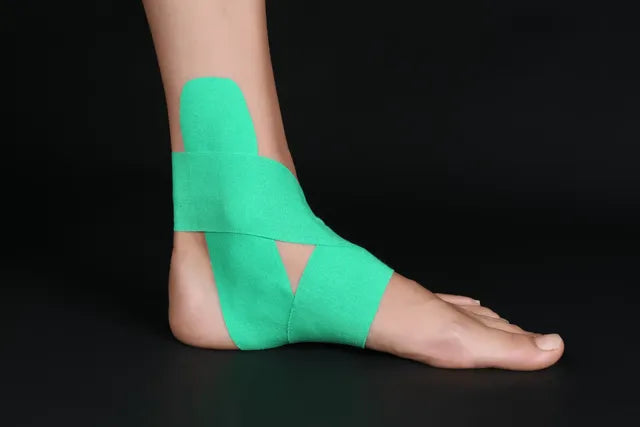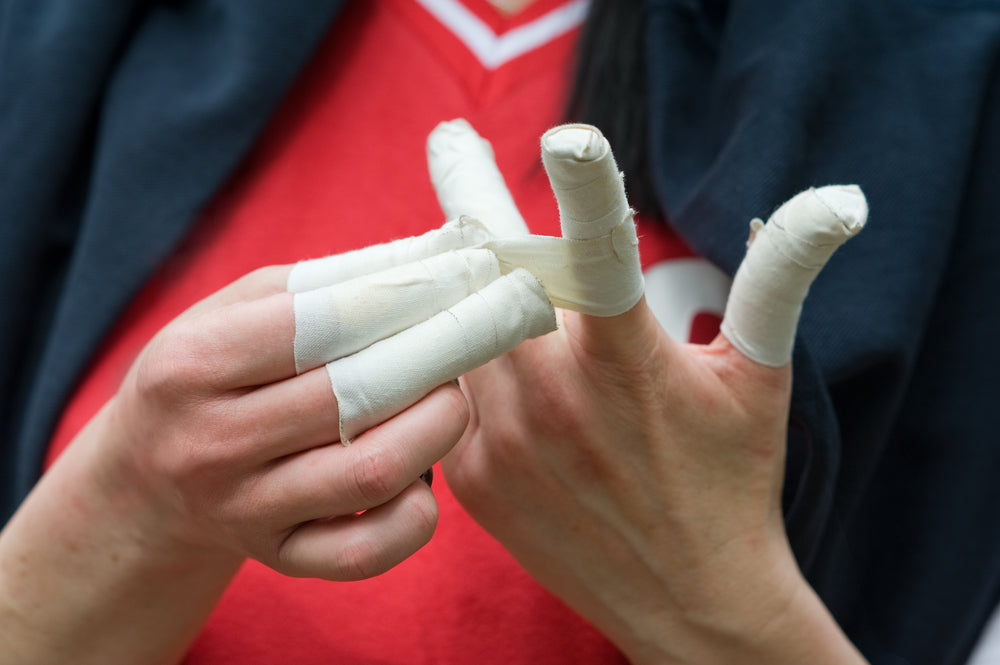
One of the most common ailments that people suffer from is back pain. Nearly 50% of adults experience back pain at some point. The pain can be caused by several different factors, including injury or overuse, and it can range from mild to severe. One question that many patients have is whether they should use Ice or heat to help alleviate their symptoms. Here is a brief view of whether to Ice or not to Ice.
Ice or Not Ice on Back Pain
Ice is good for acute pain but not so much for chronic pain. Ice can be used to treat muscle strains, sprains, and ligament sprains. It's also effective at reducing inflammation and swelling in the area of injury. Ice is a great way to help with back pain and can reduce inflammation, muscle spasms, and even swelling. It's essential that you use Ice for about 15-20 minutes and wait for some minutes before applying them again. This will allow your body enough time to adjust to being cold before reapplying the ice pack again (you don't want to go straight from hot shower water into freezing cold).
Ice is not recommended for nerve compression injuries such as sciatica or herniated discs because it can reduce blood flow to the spinal cord (and cause more harm than good).
When to Add Ice to Back PainIce can help reduce swelling and ease muscle pain.
- If you have low back pain, you can use Ice at home to help manage the symptoms of your injury.
- Ice packs are often recommended for acute injuries like sprains or strains because they can reduce swelling and help you avoid going to the doctor's office for treatment.
You can use Ice for back pain and injuries, but it's essential to know when it's appropriate. Ice is not the best option for you if you're experiencing severe pain or swelling. In these cases, heat may be more effective in reducing swelling and muscle spasms. However, suppose you have more moderate discomfort that isn't accompanied by significant swelling or redness around your injury site (as would be visible through clothing). In that case, icing could help alleviate some of your symptoms while also keeping them from worsening, which means less time off work!
When you're icing back pain, it's important to use ice packs specifically designed for therapeutic use. Applying a bag of frozen vegetables or frozen peas will only do a little good. You want something wrapped around your back and secured with an elastic bandage, like the Hamptons Adams gel ice packs . This will keep the cold in place without causing further harm to your skin—something that may happen if you simply use a bag of frozen veggies or peas on their own!
When to Add Heat to Back Pain
Heating pads and hot baths are sometimes also common treatments for back pain. Heat can help relieve muscle stiffness, relax muscles, and reduce pain. It also enables you to sleep better, which speeds up your recovery time.
To get the most out of heat therapy:
- Use a heating pad to set the heat for 20 minutes at a time (don't place it directly on your skin). If you're using an electric blanket, turn it off before bedtime,/ so you don't get too hot while sleeping.
- Take a warm bath in lukewarm water (not hot) for 15 to 20 minutes at least three times per week - but not immediately before going to bed, as this can make it harder for you to fall asleep afterward!
If you're worried about getting too warm, use a thermometer to ensure the water temperature is between 100 and 105 degrees Fahrenheit. You should also check in with your doctor before using heat therapy for back pain, especially if you have arthritis or other health issues that could be affected by heat.
When Not to Add Ice to Back Pain
- If you have a skin infection, adding Ice to your back pain is not a good idea because it can worsen the condition.
- If you have diabetes and have neuropathy (numbness or tingling in your hands and feet), adding Ice to the affected area could cause more damage than good.
- If you are pregnant, some evidence suggests icing may be unsafe for both mother and baby. However, other studies suggest that icing will only harm if done excessively or for extended periods (more than 20 minutes. While there aren't any definitive conclusions yet regarding this issue, be sure to talk with your doctor before using an ice pack on yourself while pregnant)
- Suppose you're suffering from a severe injury that has resulted in extensive bruising or bleeding. In that case, however, it may be best not to use an ice pack since these types of injuries require immediate medical attention— especially if there is any concern about internal bleeding or broken bones.
When to Visit the Doctor
If you're experiencing back pain that lasts longer than a week, the pain is severe, or you cannot move without pain, numb legs or feet, and difficulty breathing are signs that it may be time to visit the doctor. If you've been having trouble urinating for several days and it's not improving, this could also signify something more severe than muscle soreness.
You must visit a doctor straight away if you suffer any of the following signs:
- Pain that gets worse whenever you move or cough (it's usually not just in one spot)
- Pain in your back that radiates down your legs or into other parts of your body (such as chest pain)
- Back discomfort that worsens after a week, especially if it doesn't get better with rest or exercise.
Other Effective Means to Calm Back Pain
In addition to icing your back, there are other effective means to calm back pain. Physical therapy, massage, and acupuncture can all help reduce inflammation and increase flexibility. Heat packs or hot baths may also provide some relief from sore muscles. Resting when you're tired is essential for recovery; it's much easier to sleep on a comfortable mattress than on the floor! Talk to your doctor about taking medications like ibuprofen or acetaminophen if you experience significant pain that doesn't go away after two days of rest and applying Ice to the affected area (Tylenol).
Ice Helps to Reduce Swelling
If you have any kind of back injury, do not use Ice. Ice can ease the pain of a muscle pull or strain. If you feel unstable or have any back injury, do not use Ice on your lower back region because it might cause further damage to your spine and nerves.
You can use Ice to relieve pain and swelling in the lower back, but only if you're not injured. Hampton Adams ice packs and tapes can be helpful here. However, If you have a recent injury or any kind of back problem, don't use Ice on your lower back region because it might cause further damage to your spine and nerves.
Ice Can Ease the Pain of a Muscle Pull or Strain
If you have a muscle pull or strain, Ice can help. Ice reduces inflammation and pain by limiting blood flow to the injured area. To use Ice for muscle pain:
- Place an ice pack on your affected area for 15 minutes, three times per day. Do not apply direct pressure; instead, wrap the bag in a towel or cloth and gently hold it against your skin(You do not need to wrap Standard packs in a towel)
- Apply heat after using cold therapy if you're experiencing stiffness or soreness after exercising (but not right before). Heat relaxes muscles and improves circulation by dilating blood vessels; this makes it easier for oxygenated blood to reach damaged tissue so that healing can occur more quickly than if left untreated.
Ice Will Help You Avoid Having to Go to a Doctor or Chiropractor
Ice is a great way to avoid seeing a doctor or chiropractor. While Ice can effectively reduce inflammation, it's important to remember that it isn't always necessary. If you've been icing your back for weeks and months, it might be time to seek professional help.
If you want to avoid seeing a doctor or chiropractor at all costs, then icing will be your best bet! When used correctly (and sparingly), Ice will help keep your back from getting worse while allowing it time to recover independently without any invasive procedures required by trained medical professionals.
Conclusion
It is important to reiterate that applying Ice to back pain can be very efficient if the right tools and guidelines are considered. Talking about the right tools, getting the right Ice or heat pack can be the major factor in healing up and being relieved of pain. The Hampton Adams reusable ice and heat pack comes with a unique design that keeps it soft from the freezer and ensures ease of use. These soft gels might be all you need, do well to get one today!



